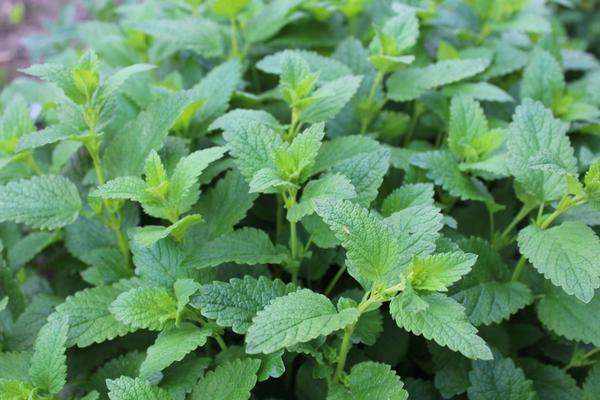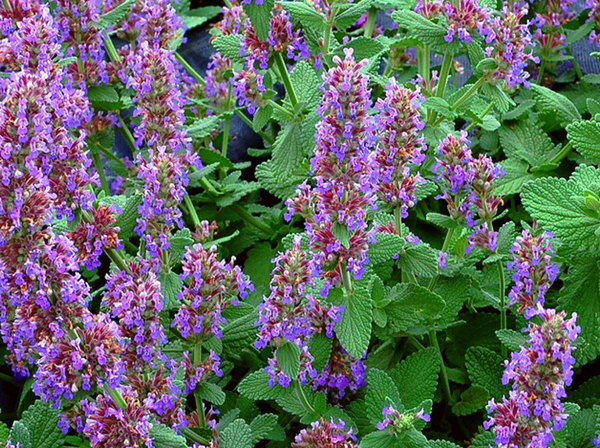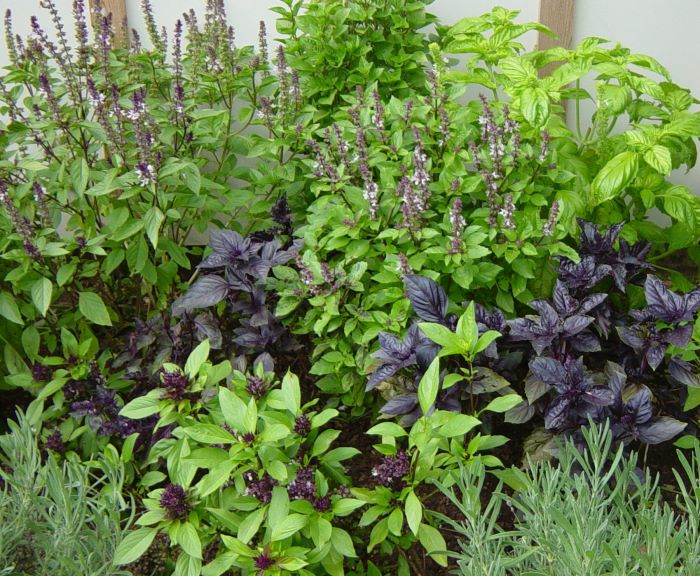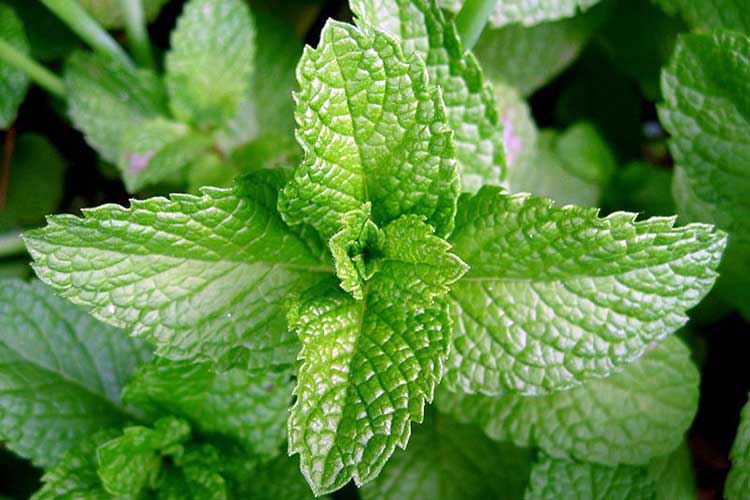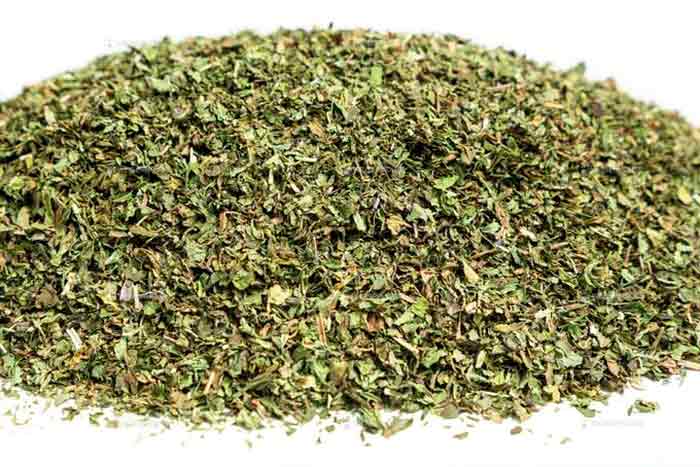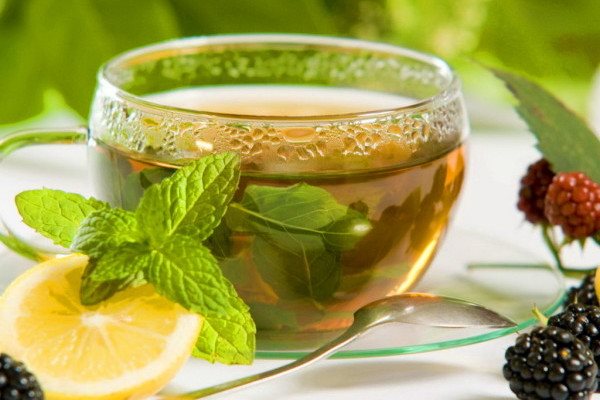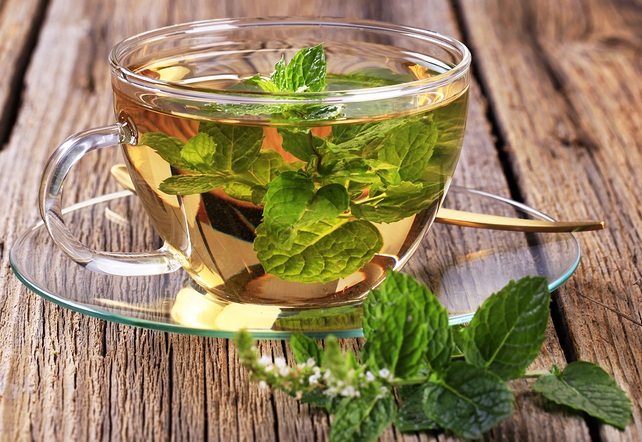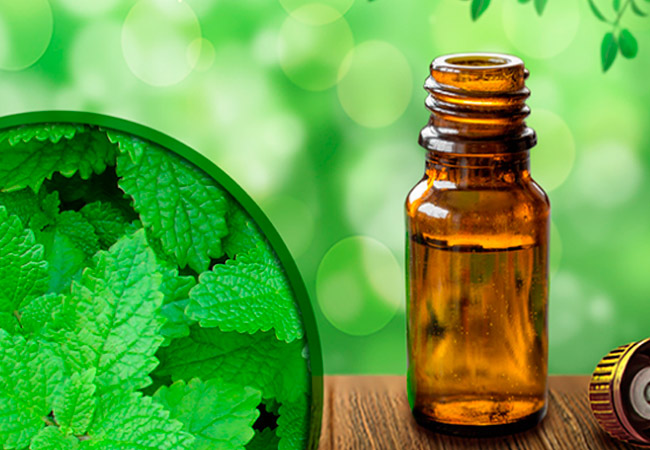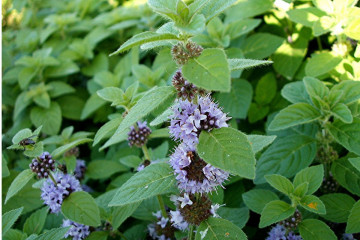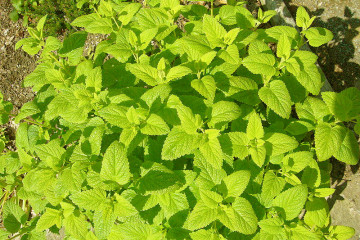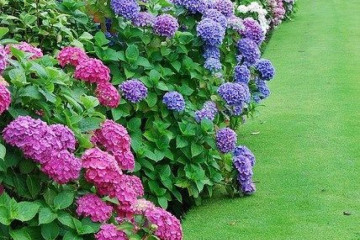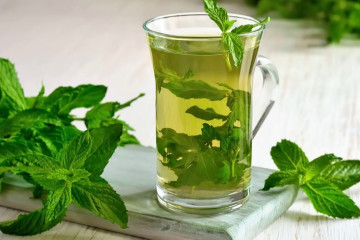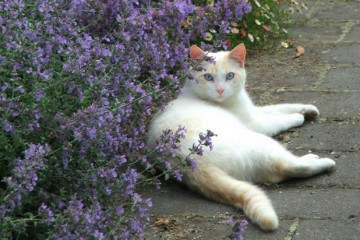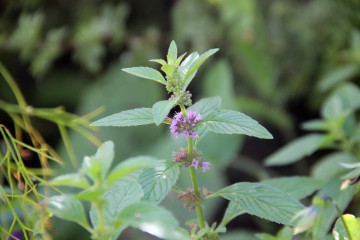Mint and lemon balm - the differences, which is better
Content:
- Mint and lemon balm - how they differ, why they are confused
- The main differences between mint and lemon balm, table
- How these plants differ purely visually
- Differences in growing conditions
- Differences between mint and lemon balm in medicinal properties and use
- How contraindications differ, possible harm
- Is it possible to combine these two plants
Mint and lemon balm are aromatic herbs that can grow in woodlands, garden plots, and even flowerpots. The plants are very similar, so many gardeners confuse the peppermint and lemon balm, which is often called the lemon variety of the former. The question of how to distinguish mint from lemon balm becomes important for those who cultivate these crops or are going to purchase planting material.
Mint and lemon balm - how they differ, why they are confused
Although mint and lemon balm belong to the same family of Lamiaceae, the differences are immediately striking. The first specimen is a tall plant with oval leaves and purple flowers gathered in ears. The leaves and stem of the second variety (lemon balm) are covered with fine hairs. Some specimens can reach a height of 2 meters. Melissa flowers lilac, collected in inflorescences of 6-12 flowers.
The main difference lies in taste and smell. Peppermint has a specific smell with a sharply perceptible menthol. Melissa is a menthol-free essential oil plant. Why do many gardeners confuse these two plants? There are several reasons:
- Non-flowering plants are very similar in appearance, low, grow in a bush with wide dark green leaves, have a pungent odor.
- It is popularly believed that both of these varieties save from many diseases.
- The popular names of lemon balm - bee mint, lemongrass (from the point of view of botany, these names are not justified) can also be misleading.
Mint and lemon balm are considered medicinal herbs. The influence of the properties of mint on the body was assessed by Hippocrates, lemon balm - by Avicenna. Hippocrates used the herb mint to treat many ailments, and lemongrass was used as a sedative for women. Spicy herbs helped to tune the body to improve well-being.
It was believed that mint improves mental activity, and lemon balm is able to calm, relieve emotional distress.
The main differences between mint and lemon balm, table
Mint and lemon balm are similar plants, but for those who constantly collect herbs, the difference between them is obvious. A description of what mint looks like and how lemon balm is presented in the table.
The table of differences between mint and lemon balm will help to distinguish between these plants, even for non-professionals.
| Features | Mint | Melissa |
| Place of growth | It grows in any region of Russia. | Widely distributed in southern regions, but found in temperate latitudes. |
| Stem | Straight, up to 1 m high. | With forks. |
| Flowers | Collected in elongated inflorescences, shaped like ears, color - purple. | Collected in round inflorescences, have a purple hue. |
| Leaf shape | Pronounced oval shape. | Oval, the lower part of the leaf is semicircular, the upper one is sharp. |
| Scent | Sweetish menthol, refreshing. | Spicy with lemon notes, soothing. |
| Essential oils | Contains a large percentage of essential oils. | The amount of essential oils is much lower. |
| The nutritional value |
|
|
| Calorie content | In 100 grams of mint - 70 kcal. | In 100 grams of lemon balm - 50 kcal. |
| Chemical composition | Contains vitamins A, B1, B2, B3, B6, B9, C. It contains minerals: calcium, magnesium, sodium, potassium, phosphorus, iron, zinc, copper, manganese. | Contains vitamins PP, B6, B1, B2, C, A. It contains minerals: calcium, magnesium, sodium, potassium, phosphorus, iron, zinc, copper, manganese. |
| Cooking applications | It is used as a flavoring agent in the preparation of drinks and desserts. | It is used as a seasoning. |
| Application in medicine | It is used as a sedative. | Used to calm the nervous system. |
| Use in cosmetology | It is part of cosmetics for oily skin care, enhances hair growth. | It is used for masks for any type of skin, nourishes hair, relieves dandruff. |
When compared, it turns out that the plants have similar properties, but there are enough differences between them.
How these plants differ purely visually
How to distinguish mint from lemon balm in appearance can be suggested by gardeners who grow aromatic herbs on their plots. If we take into account the visual inspection, then peppermint can be confused with deaf nettle, common duckweed, common blackhead, lemongrass. The named plants are representatives of the Yasnotkov family.
The purple flowers of Japanese mint are striking in their beauty, essential oils are obtained from the leaves. Catnip or catnip are confused with lemon balm because the plant has a lemon scent.
Gardeners who are fond of growing spices often ask a question on horticultural forums, how to distinguish mint and lemon balm growing in the same area in appearance.
Mint and lemon balm - the differences are as follows:
- The first plant grows as single shoots in a straight line. Spice root - creeping, growing in length. One shoot, reaching a height of 1.5 m, is beaten off from the root bud. It seems that the gardener planted the mint in perfectly even rows. The leaves on the shoots come from the ground itself and resemble a geometric oval.
- The blooming area of mint attracts with a light lilac, dark purple color. Fruits appear very rarely in domestic climatic conditions.
- If lemon balm grows next to the mint, then, looking at these two plants, you can see: lemon balm grows not as single shoots, but in a bush, and the stem branches out at the very ground. Flowers are not ears, but round inflorescences that form a large circle encircling the entire bush. The second plant is much lower, although some specimens can reach a height of 1, 1.5 m. The shape of the leaves is completely different - ovoid.
Considering all these nuances, these herbs are difficult to confuse.
Differences in growing conditions
Mint and lemon balm can be planted side by side in the same area, although many gardeners do not advise using such an agrotechnical method, because the plants will pollinate each other, and the taste of the spices will change. To resolve the dispute, it is better to listen to the opinion of certified agronomists, who remind that the plants do not belong to the same species, therefore, hybridization in natural conditions is impossible. It turns out that it is possible to plant them in the same area, but spicy herbs require different care.
When cultivating mint, it is necessary to consider:
- The species can be planted on any soil except sandy.
- The mint area should be well lit by sunlight.
- It is necessary to spill and water the plant systematically.
- In the spring it is necessary to cultivate the soil.
- It is better to propagate the culture in spring by root layers, planting them in open ground.The distance between the shoots is 30-40 cm.
Melissa needs different growing conditions:
- Lemongrass does not like open areas, it needs shade or partial shade.
- The plant can withstand severe drought, but it needs to be watered abundantly several times per season.
- For successful crop growth, it is necessary to add sand to any soil.
- This species can be propagated by dividing the bush, layering, cuttings.
The similarities between the wounds are evident during collection. You need to collect herbs at the beginning during the flowering of honey plants. The first collection falls at the beginning of summer, the second one - at the beginning of autumn.
Differences between mint and lemon balm in medicinal properties and use
The chemical composition of amazing plants is rich in vitamins, so they are used not only in folk medicine, but also in cooking and cosmetology.
Where to add lemon balm
Melissa plucked from the garden can be used in salads, soups, desserts. The dry leaf will add a spicy flavor to the marinade for fish and meat. A few twigs added when salting cabbage will give the product a persistent aroma and enrich it with vitamins.
Lemon grass goes well with thyme, marjoram, basil. Tea made from these herbs is popular and useful, as it significantly improves well-being.
Where to add mint
Mint, like lemon balm, can be dried, canned or used fresh. Freezing spices is not recommended, because plants lose their aroma and useful properties.
Fresh leaves can be used in salads, meat dishes, sauces. Homemade butter, whipped with chopped leaves, will acquire an original taste. Spice baked goods will be filled with new flavors.
Liqueur, cocktails, syrups, desserts can be made from raw mint. Many winemakers add spice to homemade wine and cognac.
Gardeners collect and dry herbs for future use in order to brew fragrant tea in winter, which can improve mood and add a charge of vivacity.
The mint smell is often found in household chemicals: dishwashing detergents, toothpastes, rinses.
Spices are good flavors that bring aromatic notes, piquant taste and a bit of health.
How contraindications differ, possible harm
The beneficial properties of mint and lemon balm, the positive effect of these herbs on the human body is undeniable. Phytomedicine uses essential oils, infusions, decoctions, juice, which are produced from these herbs.
But there are many contraindications for use. If you ignore these instructions, then instead of benefit, only harm is revealed:
- Frequent consumption of tea infused with dried leaves can have a negative effect.
- As you know, lemon balm soothes the nervous system, and mint strengthens the body's tone. If you exceed the maximum dosage, then the pressure may drop, drowsiness and inhibition may develop.
- Frequent use of lemon balm can reduce potency in men.
- You should not use mint and lemon infusion to treat unhealed wounds, abscesses.
General contraindications for taking herbal remedies are as follows:
- during pregnancy, breastfeeding, it is not recommended to use mint infusions;
- tonic infusions are contraindicated for small children;
- mint is contraindicated for varicose veins;
- taking mint infusions can cause problems with conception;
- with exacerbation of stomach ulcers, with kidney disease;
- people with high blood pressure should not drink decoctions and infusions of mint, and people with low blood pressure should not drink lemon balm infusions.
Before important events that require concentration of attention, it is not recommended to use herbal infusions.
Herbs are dangerous for people with pressure fluctuations. You can not constantly use such herbs for mature men, as the potency decreases.
If there are contraindications, then it is impossible to use medicines from mint or lemon balm even in minimal doses.
Is it possible to combine these two plants
Mint and lemon balm are plants with different flavors. They can be part of the herbal collection, which will be much more useful, because each of the herbs adds its own note of aroma and its own beneficial properties. Knowing their positive effect on the body, it will be difficult to harm your body.
Spices are two completely different plants with many distinctive features, so it is completely impossible to confuse them. Due to the uniqueness of the properties of mint and lemon balm, they are very useful, but before you start using them, you need to study the indications and contraindications, choose the option that suits you.
